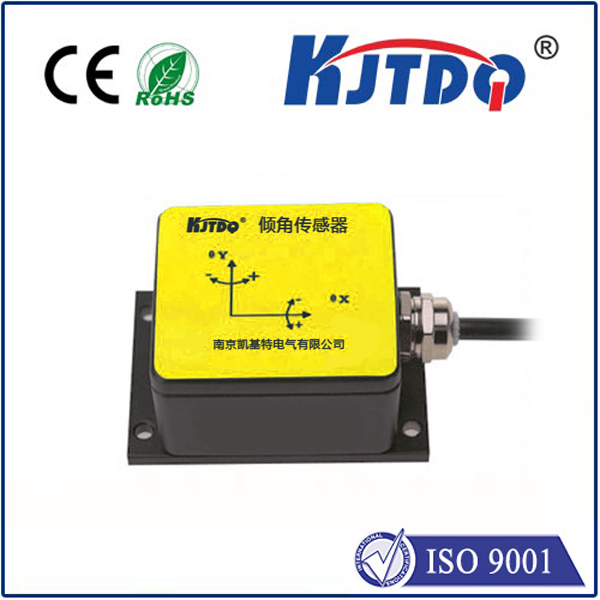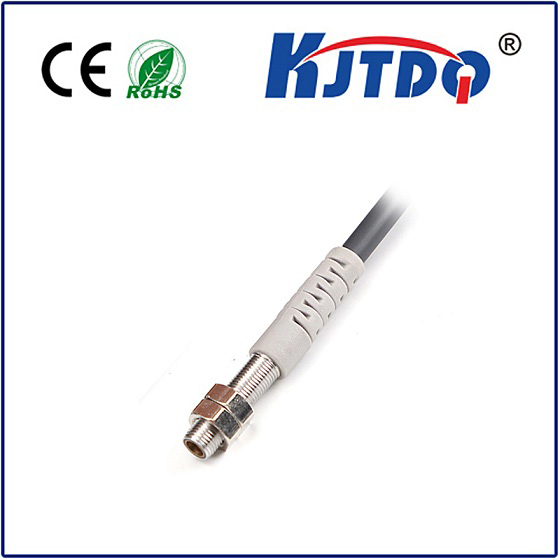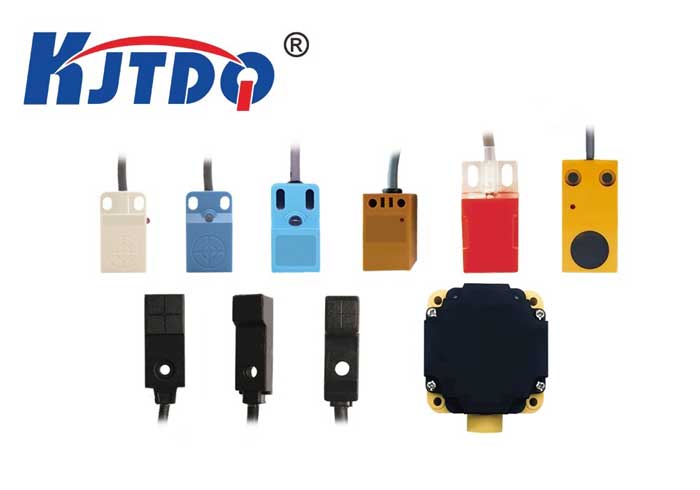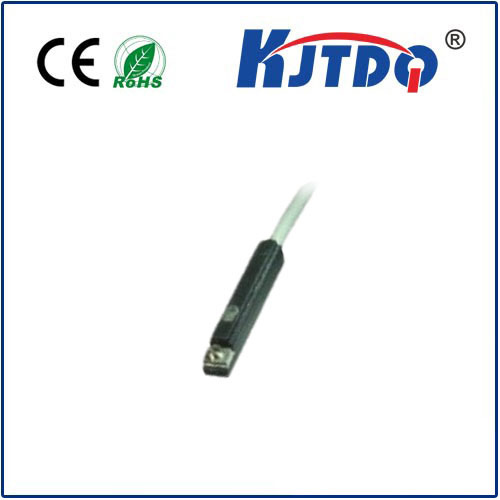

check

check

check

check
ED-130U Proximity Sensor: Enhancing Automation with Smart Detection
In today’s fast-paced manufacturing and industrial environments, automation has become a cornerstone of efficiency and productivity. At the heart of modern automation systems lies the proximity sensor, a device that plays a crucial role in detecting objects without physical contact. The ED-130U Proximity Sensor is a cutting-edge solution designed to meet the demands of high-performance applications. This article explores the key features, benefits, and applications of the ED-130U Proximity Sensor, highlighting its role in modern automation.
The ED-130U Proximity Sensor is engineered for precision and reliability, making it an ideal choice for applications where accurate detection is critical. Unlike traditional sensors that rely on direct contact, the ED-130U operates through non-contact detection, allowing it to detect objects at a distance. This feature is particularly advantageous in environments where physical contact could lead to wear, damage, or safety hazards.
Non-Contact Detection and Precision
One of the standout features of the ED-130U Proximity Sensor is its ability to detect objects at a distance without physical contact. This non-contact method ensures that the sensor remains clean and maintains its accuracy over time. The sensor uses a combination of advanced technologies, such as infrared and electromagnetic detection, to identify objects in motion or stationary. This makes it suitable for a wide range of applications, including warehouse automation, robotics, and automated conveyor systems.

The ED-130U is specifically designed for high-speed environments, where the ability to detect objects quickly and accurately is essential. Its fast response time and high detection accuracy ensure that systems can operate efficiently without delays or errors. This is particularly important in industries like food and beverage, where precision is key to maintaining product quality and safety.
Versatile Applications
The ED-130U Proximity Sensor finds applications in various industries, from manufacturing to healthcare and logistics. In manufacturing, it is used to control conveyor belts, regulate material flow, and monitor inventory levels. In the healthcare sector, it can be employed to monitor patient movements or detect objects in sterile environments. In logistics, it helps in tracking packages and managing inventory with high precision.
One of the key advantages of the ED-130U is its versatility. It can be easily integrated into existing systems, making it a cost-effective solution for businesses looking to upgrade their automation processes. Its modular design allows for easy installation and maintenance, reducing downtime and increasing operational efficiency.
Enhanced Safety and Efficiency
Safety is a top priority in industrial automation, and the ED-130U Proximity Sensor is designed with safety in mind. By detecting objects without physical contact, it minimizes the risk of accidents and injuries. This is especially important in environments where workers are in close proximity to machinery or moving parts. The sensor’s ability to provide real-time feedback ensures that systems can respond quickly to potential hazards, enhancing overall safety.
In addition to safety, the ED-130U contributes to operational efficiency. By automating detection processes, it reduces the need for manual intervention, freeing up workers to focus on more critical tasks. This leads to improved productivity and better resource utilization.
Conclusion
The ED-130U Proximity Sensor represents a significant advancement in automation technology. Its non-contact detection, high precision, and versatility make it an essential component in modern industrial systems. As industries continue to evolve, the role of sensors like the ED-130U becomes increasingly vital in driving innovation and efficiency.
In summary, the ED-130U Proximity Sensor is not just a product but a solution that enhances automation, ensures safety, and boosts productivity. Whether in manufacturing, healthcare, or logistics, it offers a reliable and intelligent way to detect objects and optimize operations. As technology continues to advance, the importance of such sensors will only grow, making them a crucial element in the future of automation.









